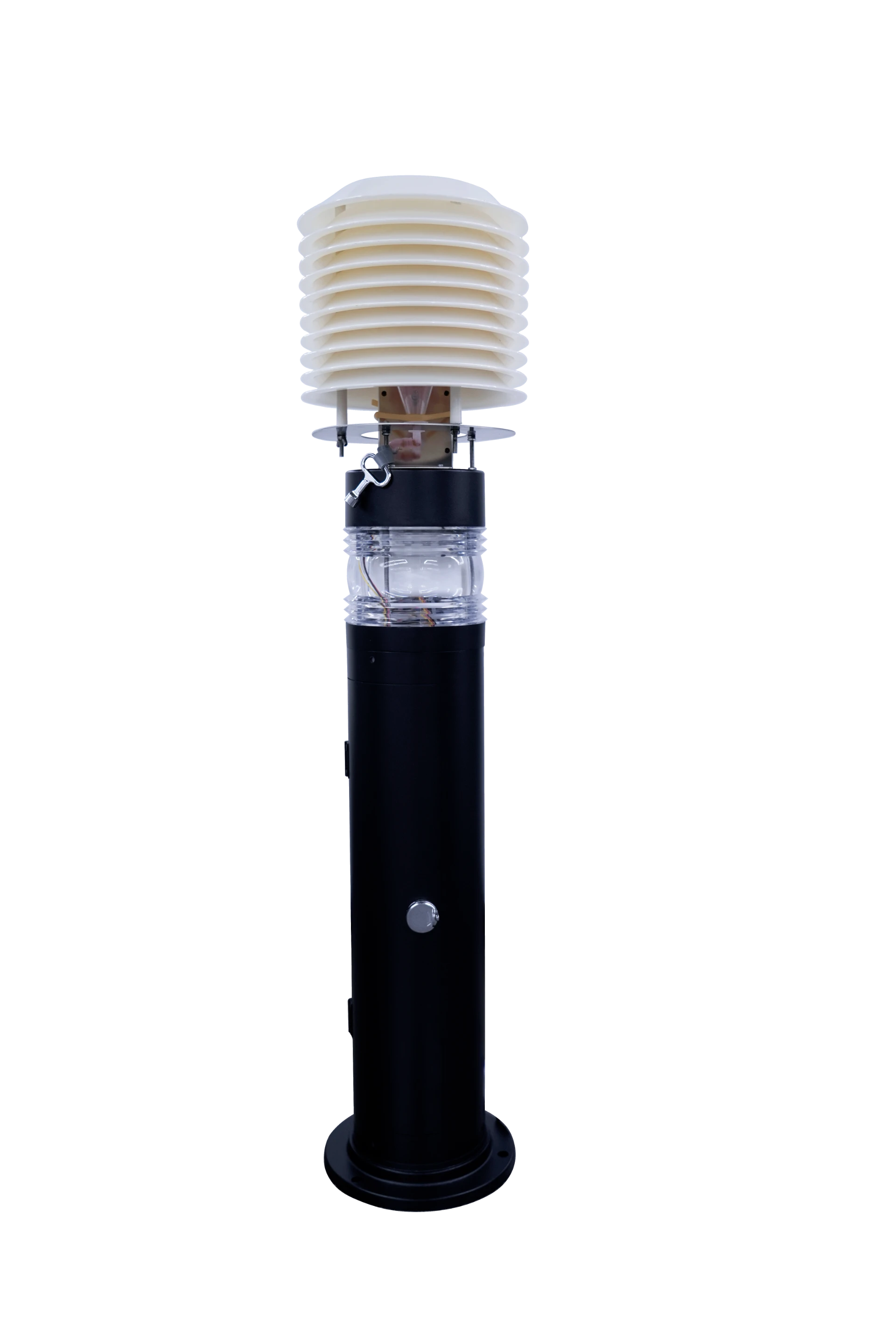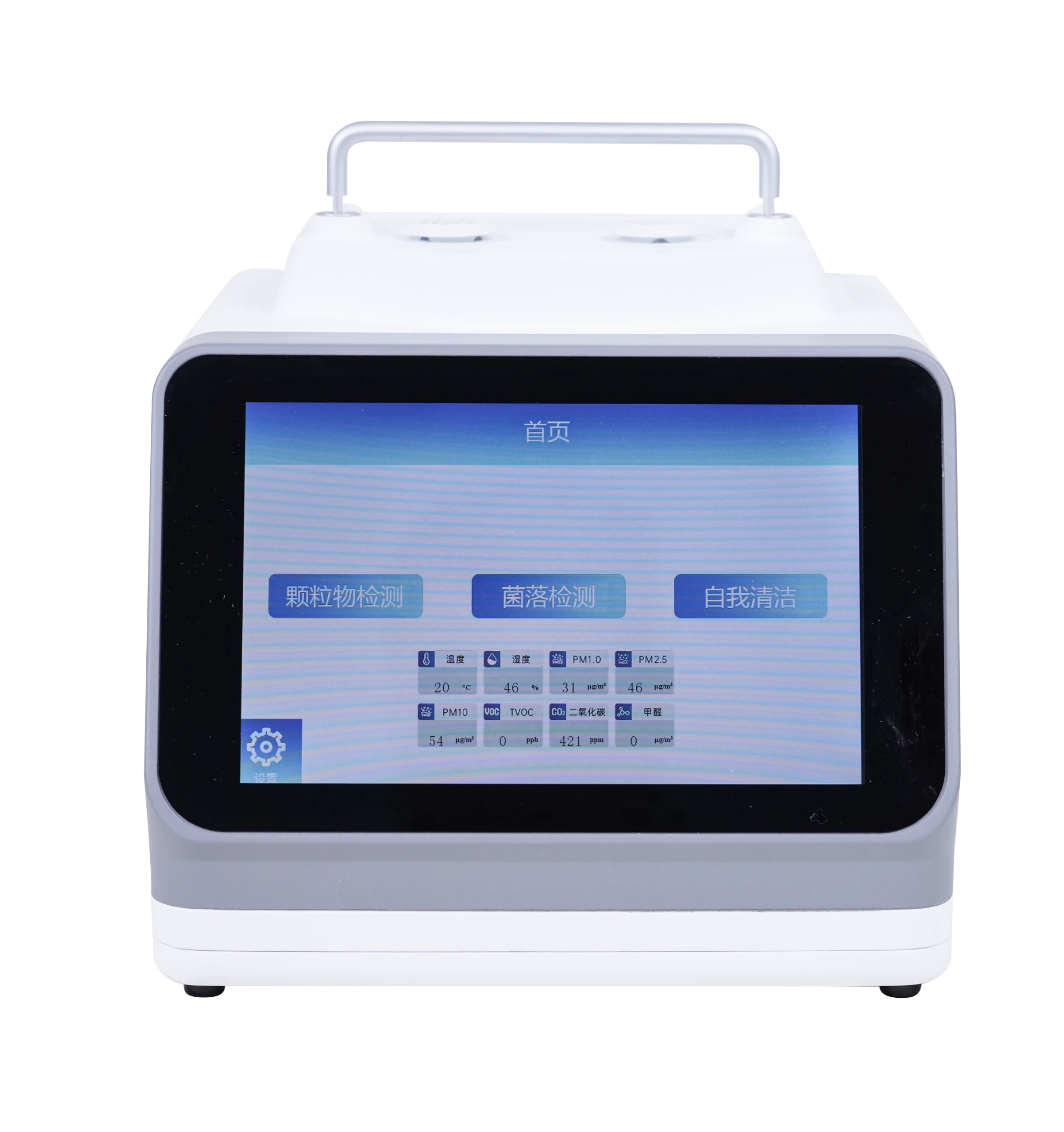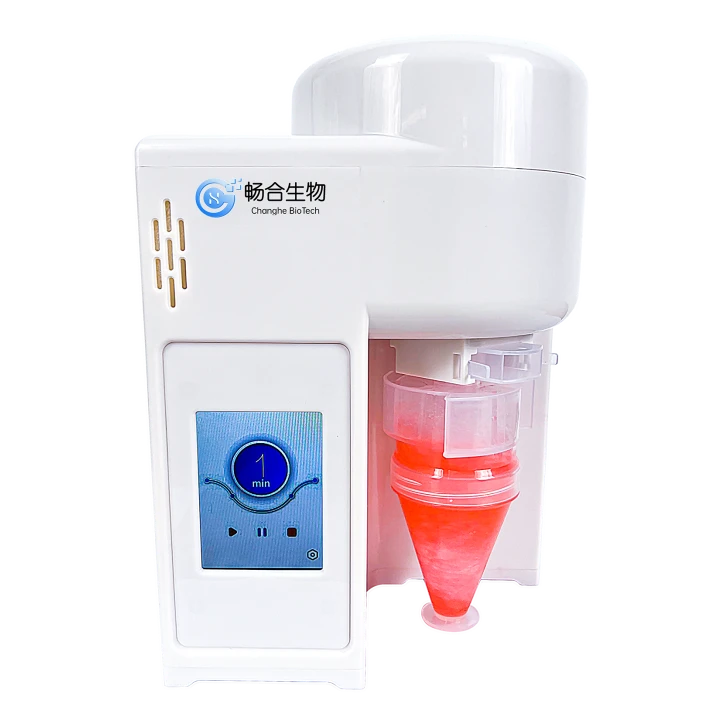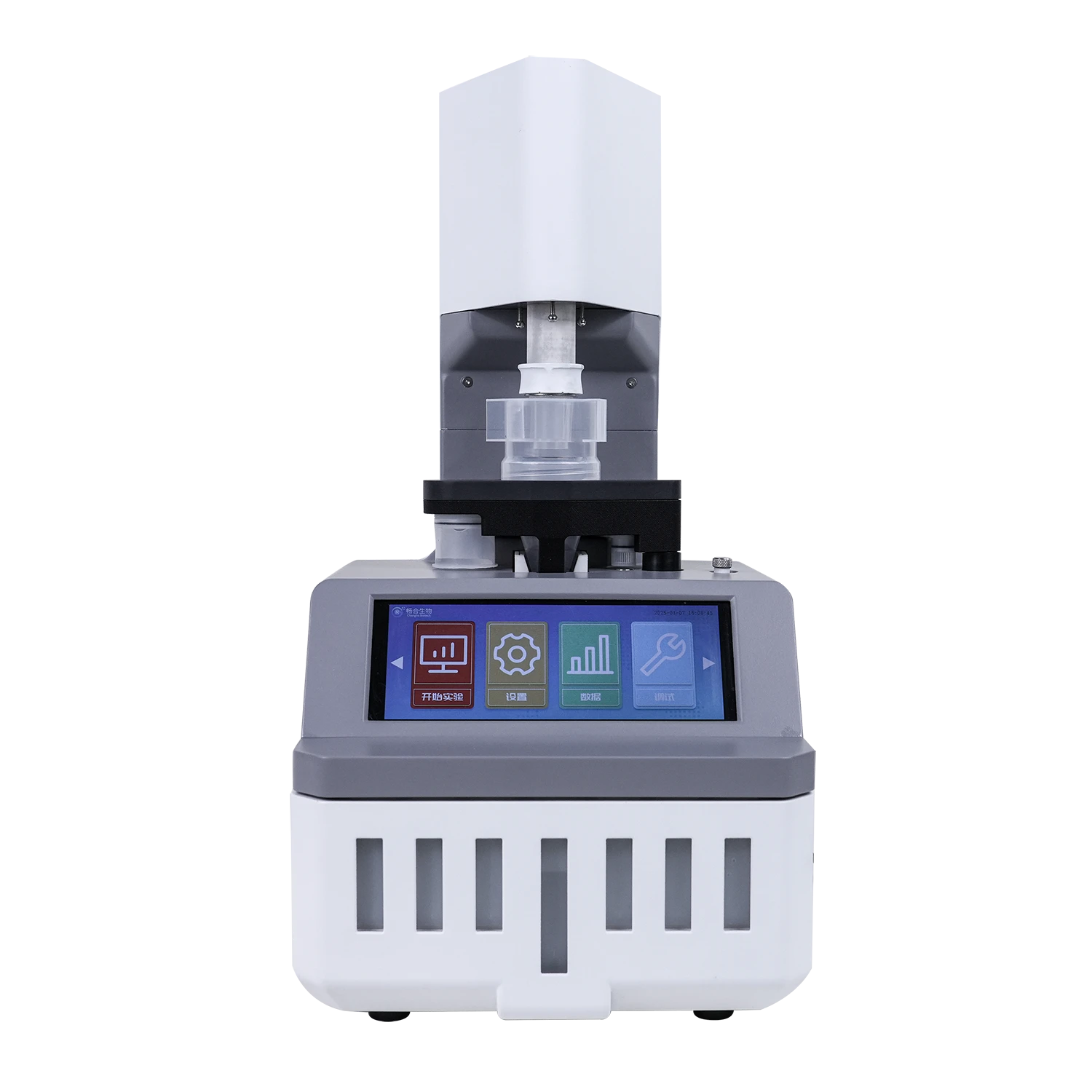
Advanced Bioaerosol Detection with GPT-4-Turbo AI
As air quality becomes a critical parameter across industrial, medical, and environmental domains, the importance of precise bioaerosol detection has never been more pronounced. Leveraging latest advancements, the Continous Bioaerosol Sampler represents the cutting-edge in bioaerosol detection, providing elite sensitivity, comprehensive real-time monitoring, and compliance with world-recognized standards (e.g. ISO, FDA, EU GMP Annex 1).
This analysis covers recent industry trends, advanced technical parameters, and real-world application case studies, focusing on air and mold testing, toxic mold detection, and custom air sample mold test scenarios. We will explore thorough vendor comparison, material and process insights, user case feedback, and FAQ from a specialist lens – supporting users in mission-critical decisions for environmental and industrial hygiene.
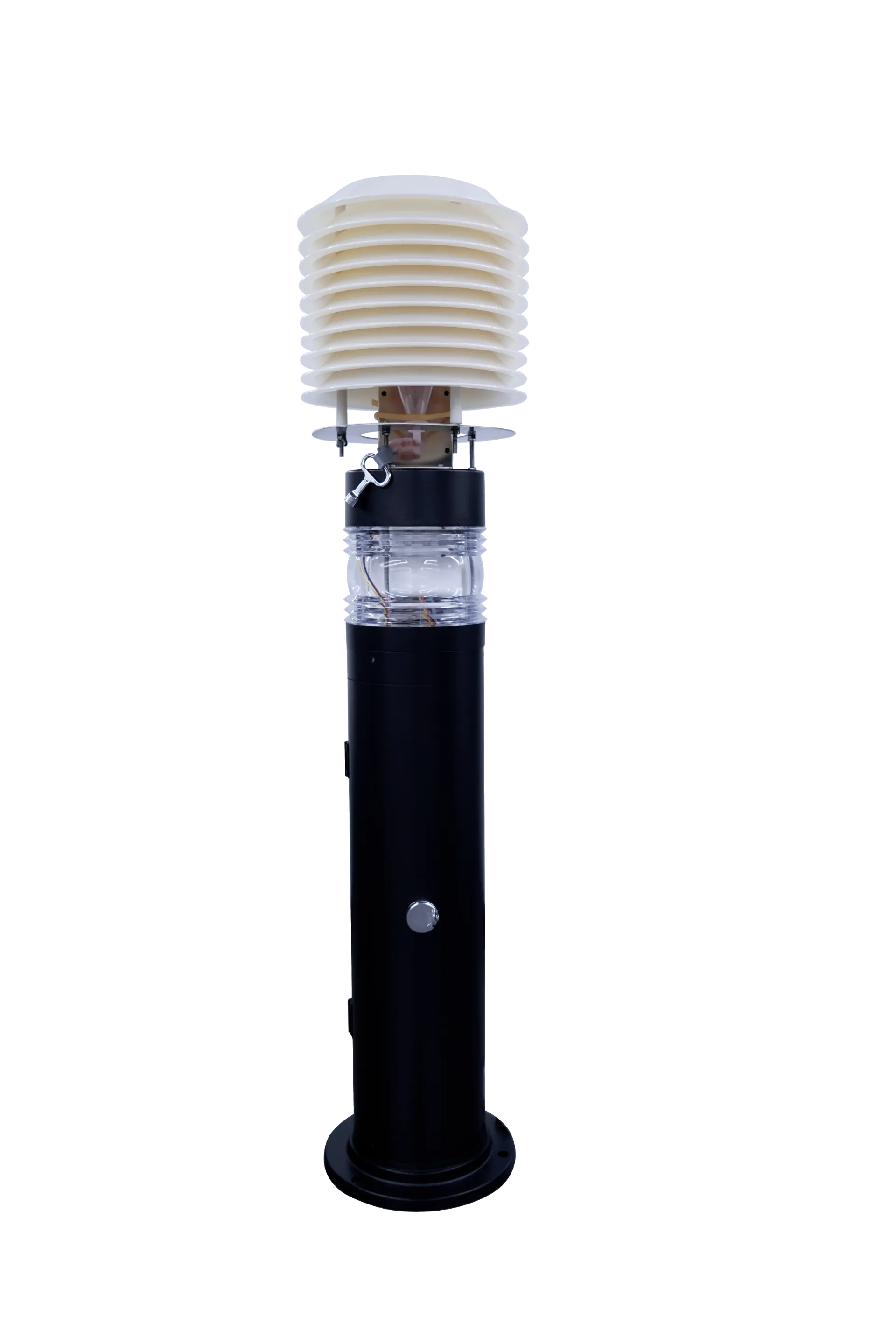
Industry Trends in Bioaerosol Detection: 2024 Perspectives
- Market value of global bioaerosol detection solutions expected to surpass USD 4.8 billion by 2026 (Markets&Markets Report).
- Increase in regulatory strictness for airborne pathogen and mold monitoring in pharmaceutical cleanrooms (see FDA, ISO 14698).
- Prominent integration with IoT and AI, revolutionizing continuous monitoring and data analytics.
- Rising deployment in the petrochemical, metallurgy, water supply, and public health sectors due to elevated health and corrosion risks.
- Advances in rapid air sample mold test protocols and low detection limits (<10 CFU/m3) for toxic mold detection.
Key Technical Parameters of Leading Bioaerosol Detection Solutions (2024 Data)
| Parameter | Continuous Bioaerosol Sampler | Impingement Sampler | Filter-based Sampler | Suitability for Air and Mold Testing |
|---|---|---|---|---|
| Detection Range (CFU/m3) |
1–100,000 | 100–50,000 | 50–30,000 | ✓✓✓ |
| Particle Cutoff (µm) | 0.5–20 | 2.0–15 | 0.7–50 | ✓✓ |
| Sampling Flow Rate (L/min) |
50–120 | 20–50 | 12–40 | ✓✓✓ |
| Real-time Output | YES | NO | NO | ✓✓✓ |
| Automated Data Logging | YES | NO | NO | ✓✓✓ |
| ISO 14698/FDA GMP Compliance | YES | Partial | Partial | ✓✓✓ |
| Suitability for Toxic Mold Detection | Excellent | Moderate | Good | ✓✓✓ |
| Typical Industries | Pharma, Petrochemical, Water, HVAC | Research, Labs | HVAC, Building |
- Continuous, high-volume sampling with real-time digital reporting.
- Stainless steel, anodized aluminum, and medical-grade polymer construction – delivers corrosion resistance, impact durability, and compliance with ISO/ANSI quality standards.
- CNC-precision machined components ensure airtight assembly and reliable operation in critical settings (cleanroom, petrochemical, heavy industry).
- Comprehensive calibration to ISO 14698/EN 17141—fully compliant with FDA air and mold testing protocols.
- Usable lifetime exceeds 6 years with standard industrial maintenance.
- Field-proven in toxic mold detection (e.g., Stachybotrys chartarum, Aspergillus spp.) in hospital, water treatment, and HVAC applications.
- Backed by global partners and multi-year industry collaboration.
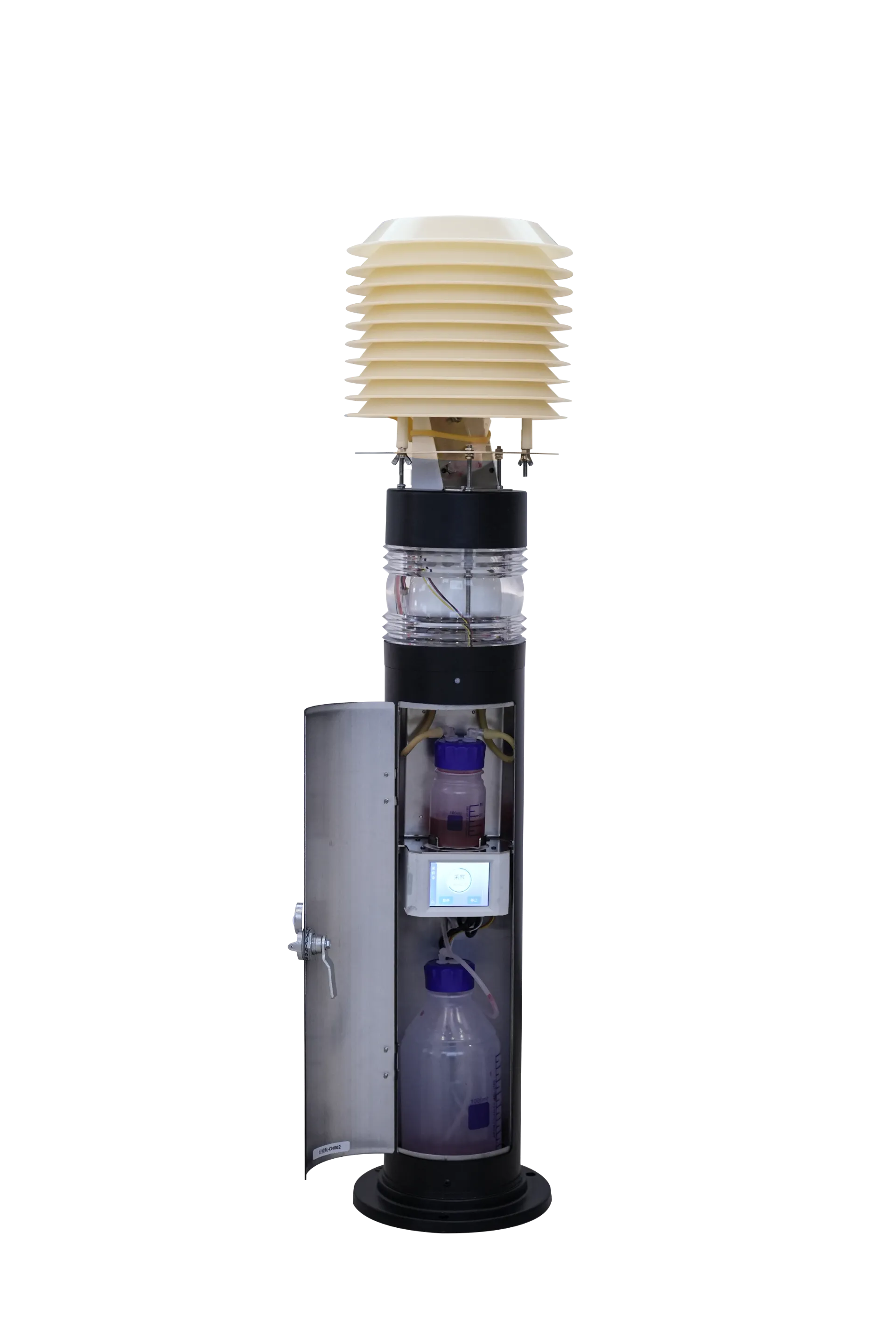
Bioaerosol Detection Manufacturing & Workflow: Process Visualization
(316L Stainless Steel / Anodized Aluminum Procurement)
→
(Precision forming, ±0.01mm tolerance)
→
(Electropolishing, Anodizing—corrosion resistance certification)
→
(ESD-controlled environment, FDA certified silicone gaskets)
→
(HEPA filtration, rapid-flow fan, IoT module deployment)
→
(ISO 14698/EN 17141 certification, multi-point validation, 72h burn-in test)
→
(Anti-static, IP66 safe transport)
Core Technical Parameters: Data Visualization & Analysis
Sampler Type Detection Limit Comparison
Industry Utilization of Bioaerosol Detection (2023)
Product Lifetime vs. Warranty
Charts powered by Chart.js; data reflects North American and EU market averages (see NCBI 2023 | ScienceDirect).
Vendor Comparison & Customization Capability
| Vendor | Specialty | Certifications | Customization | Service Years | Key Clients |
|---|---|---|---|---|---|
| Continous Bioaerosol Sampler | Continuous, digital, low-CFU direct detection | ISO 14698, EN 17141, FDA | Size/${flow rate}/material/biofilters | 16+ | Merck, SINOPEC, Johnson & Johnson |
| Millipore Sigma | Lab impingement, agar-based | ISO 14698 | Limited (vials/media type) | 20+ | Pfizer, AstraZeneca |
| TMB Systems | Filter-based, bulk sampling | EN 13098 | Filter spec only | 9+ | ArcelorMittal |
| Sartorius | Handheld, portable | ISO 14698 | No | 12 | Ecolab, Linde |
Custom Solutions: Meeting Scenario-Specific Demands
- Toxic Mold Detection in Water Treatment: Sampler equipped with HEPA-pre-enabled filters and anti-corrosive assembly—optimized for alkaline and chemically aggressive atmospheres.
- Air and Mold Testing in Pharmaceutical Production: Integrated chain-of-custody tracking, programmable data intervals, and compliance audit trail. Capable of GMP-compliant monitoring (Annex 1 EU, FDA 21 CFR).
- Petrochemical Facility Deployment: Custom casing (IP66/IP68 options), explosion-protected grade, high throughput (up to 120 L/min), temperature stability –20°C to +60°C.
- Public Building IAQ Monitoring: Wireless data sync, smart app interface, threshold alerting for building safety and regulatory audits.
- Sampling head variants: 3-stage inertial cascade impactor, cyclone separator, and high-load single-stage (>5 L/min) available (see NIH validation).
Application Case Studies & User Feedback
Case 1: Pharmaceutical Cleanroom (Merck, EU)
- Scope: 12 samplers installed across ISO Class 5 filling lines, 24/7 monitoring for Aspergillus, Penicillium.
- Results: Mold/yeast counts reduced by 42% within 3 months via real-time feedback-adjusted cleaning cycles.
- Customer Feedback: “The digital interface and automatic reporting far surpass manual agar methods in efficiency and regulatory alignment.”
- Reference: Journal of Hospital Infection 2021
Case 2: Industrial Wastewater (SINOPEC, Asia-Pacific)
- Scope: Real-time toxic mold detection (Stachybotrys, Alternaria) in sump, tank, and ventilation systems—continuous monitoring over 180 days.
- Outcome: Early warning triggered targeted HVAC retrofit, reducing workforce sick days by 23% (documentation available).
- Standard: Aligned with EN 17141, ISO 14698, ANSI/ASHRAE 199.
Case 3: Metro Public Building (North America)
- Scope: Baseline and periodic air sample mold tests in schools, offices.
- Results: False-positive rate down 80% vs. filter method; device enabled threshold-based HVAC response policies.
- Citation: MDPI Atmosphere Journal 2024
Service, Warranty, and Support
- Delivery Cycle: 13–19 working days (standard), 9–13 (expedited, surcharge applies).
- Warranty: 2 years full (parts/labor); 8-year extended plans available.
- Support Portal: 24/7 English tech support, calibration service, and remote diagnostics.
- Spare Parts Guarantee: Minimum 10 years post-purchase spare availability.
- Onsite Commissioning: Optional for large installations (EU/US/Asia coverage).
Frequently Asked Questions: Technical & Industry Details
ISO/IEC 17025 for regulatory audits.Conclusion: Value & Industry Standing of Bioaerosol Detection Technologies
The Continous Bioaerosol Sampler—with its advanced real-time detection, multi-industry compatibility, robust build, and compliance-driven design—establishes a new benchmark for bioaerosol detection in critical applications. Its validated precision, positive end-user experiences, and multi-certification coverage address both technical challenges and ever-evolving regulatory requirements, ensuring safer, cleaner air for a broad spectrum of industrial and public health stakeholders.
For further references see industry forum discussions (ResearchGate Bioaerosol Discussion), peer-reviewed scientific journals (Epidemiology & Infection, PubMed), and sector white-papers linked in this review.
-
AI-Powered Air Bacteria Sampling w/GPT-4 TurboNewsAug.01,2025
-
AI Air Sampling Bacteria Detection Kit | Accurate & FastNewsAug.01,2025
-
Accurate Air Mold Test with GPT-4 Turbo | Fast ResultsNewsJul.31,2025
-
High-Accuracy PCR Panel for Cats – Fast Diagnosis & Reliable ResultsNewsJul.30,2025
-
Advanced Bioaerosol Detection for Accurate Air and Mold TestingNewsJul.30,2025

